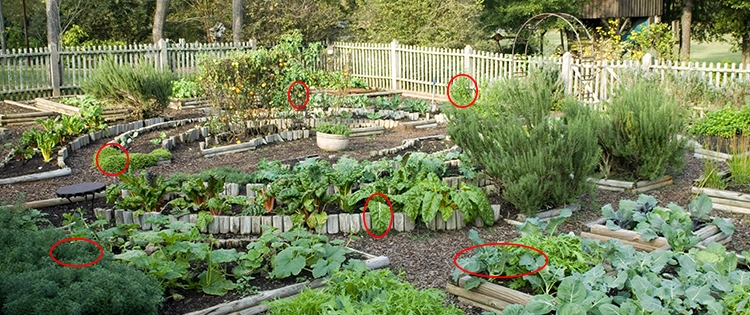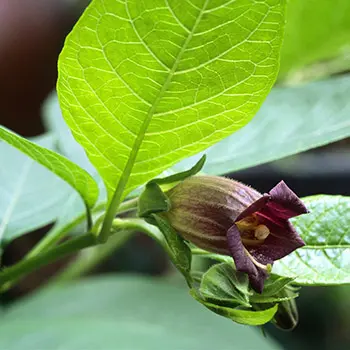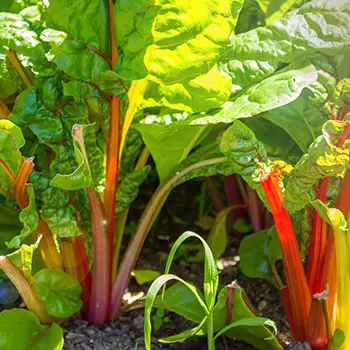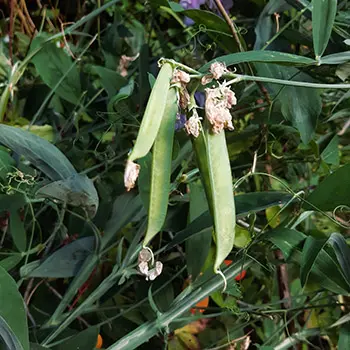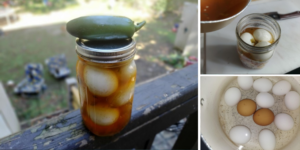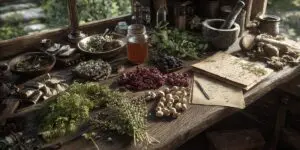Your backyard might seem like a heaven of lush greenery, yet it can still hide silent threats to your livestock. Toxic plants are often overlooked as harmless but can pose serious health risks. Awareness of these dangers is crucial for any livestock owner to safeguard their animals and backyard.
Take proactive measures about your surroundings before they cause harm. That’s why we have compiled this guide to highlight ten silent predators that are toxic to your livestock.
Here are the ten most common plants that can harm your livestock. Let’s explore these commonly available predators:
Nightshade
It is a classic toxic plant famous for its attractive berries. Nightshades are common in many backyards and gardens and contain poisonous alkaloids. Consuming this plant can lead to severe neurological effects and digestive issues in livestock.
Symptoms: The symptoms include confusion, diarrhea, and vomiting. It can cause coma, hallucinations, and seizures if consumed in bulk quantity.
Management: Inspect your property regularly to prevent any accidental poisoning.
Foxglove
This plant belongs to the figwort family and is full of poisons that contain strong cardiac glycosides. Consuming a small amount of these cardiac glycosides can damage the heart’s functioning.
Symptoms: The poisoning symptoms include lethargy, which can make your animal weak or tired. Another common symptom is the imbalance of normal heart rhythm and gastrointestinal upset, causing vomiting. It can even lead to death and seizures in extreme cases.
Management: This silent predator is mostly present in gardens, woodlands, roadside verges, and moorlands. Thus, take preventive measures while taking your livestock to such places. You can easily identify the foxglove through its tall spikes of tubular flowers, which can be yellow, white, pink, or purple.
Related: Livestock Animals You Should Start Raising For The Upcoming Economic Crisis
Oleander
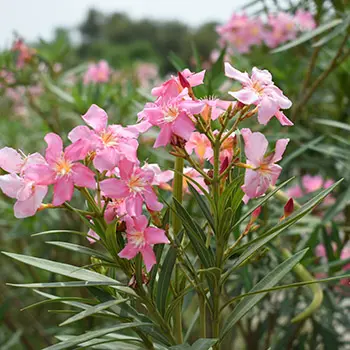
This is another highly toxic shrub to both animals and humans. Its leaves hold the toxic compounds. For livestock, even consuming a small amount of it is lethal.
The symptoms can vary but may include difficulty breathing, diarrhea, excessive drooling, lethargy, abdominal pain, vomiting, nausea, and an irregular heartbeat.
Management: Monitor your areas periodically where animals graze. Educate others who look after the livestock in your absence as well.
Yew
The whole yew plant, especially seeds and leaves, is highly toxic for animals. It contains poisonous compounds called taxines and alkaloids that are fatal if consumed.
Symptoms: Yew mainly damages the heart and can cause death if left untreated. Interestingly, the side effects of yew in humans and animals are almost similar. For example, tremors, dizziness, vomiting, imbalance of heart rate, difficulty in breathing, and in some cases death.
Management: To avoid the threat posed by yew plants, you can take several preventative measures. Start by educating yourself and others on how to identify yew, and consider replacing it with non-toxic alternatives. Limit livestock access to areas where yew grows, and conduct regular inspections, promptly disposing of any fallen leaves, branches, or other plant debris.
Rhubarb
Rhubarb is partly beneficial and partly harmful for livestock because some parts are poisonous while others are not. The leaf stalk of this plant is edible even for humans, while leaves are very toxic. Containing oxalic acid and anthraquinone glycosides, they can cause kidney failure if eaten in large amounts.
Symptoms of Poisonous: To ensure timely treatment, watch for several symptoms. These can include kidney failure caused by high levels of oxalic acid, nausea due to a decreased appetite, and vomiting. Excessive drooling is also common, often signaling gastrointestinal irritation.
Management: Avoid giving this plant in feed because of its toxic parts. Take preventive measures to limit livestock’s easy access to it.
Related: Veggies You Only Plant Once And Harvest Forever
Brassica Family Plants (e.g., Kale, Cabbage)
Some plants from the Brassica family can be a silent predator for your livestock. They include cauliflower, cabbage, kale, and broccoli. Interestingly, they are good food for humans as they contain nutrients.
Symptoms: They have goitrogens, which disturb the thyroid function in animals. They can also cause goiter and other metabolic disturbances in livestock. Some other symptoms include weight loss, reduced milk production, poor coat condition, and reduced fertility.
Management: As a preventative measure, you can limit livestock access to such places. Keep monitoring their feed and consider rotating pastures regularly.
Avocado
The persin is the toxic substance in immature avocados, which harms some livestock animals. Its leaves, skin, and pits damage the respiratory system and cause fluid accumulation. So, never let your livestock consume a whole avocado.
It is more harmful to animals such as goats, sheep, cattle, etc. This hazard can also be found in your kitchens. So, you need to be very vigilant and proactive when handling livestock.
Symptoms of Poisonous: Its symptoms may include lethargy, gastrointestinal upset, and heart failure in some cases.
Management: Discourage easy access to avocados in your kitchen, gardens, backyards, or farms.
Sweet Peas
Sweet peas also contain chemicals that are toxic to animals. These deceptive and attractive-looking plants can be found in gardens and backyards.
Symptoms of Poisonous: Consuming sweet peas can lead to various health problems, including limb weakness, gastrointestinal distress, and neurological issues.
Management: Remove the roots of this plant from your backyards if your livestock graze there. Don’t let them grow and produce seeds.
Chives
This silent predator belongs to the Allium family, including leeks, garlic, and onions. Chives are a regular human cooking ingredient, but they are not suitable for livestock. They contain the thiosulfate compound that causes toxicity in animals, especially if consumed heavily.
Symptoms: Eating chives can cause gastrointestinal distress, such as abdominal pain, vomiting, and diarrhea. It also leads to hemolytic anemia in animals.
Management: For the above-mentioned reasons, chives should be prevented from reaching livestock. You can also grow them in a separate or fenced area to limit the access of livestock.
Cherry
Cherry can be your favorite food but a silent predator to your livestock. It contains toxic compounds in certain parts that greatly affect animals if ingested. That’s why educating livestock owners about this serious threat is important.
Symptoms: If an animal ingests toxic parts of a cherry plant, symptoms may include breathing difficulties, dilated pupils, central nervous system depression, respiratory distress, and cardiac issues. In severe cases, ingestion can be fatal.
Management: Don’t leave fallen leaves or other debris on the ground. Consider fencing around the cherry trees to mitigate the risk.
Being aware of the potential hazards of such predators helps you to protect your livestock before any mishap. So, educating yourself and others is a must thing to prevent such accidental consumption of toxic plants.
It is also imperative to take preventive measures in case of having such plants in your backyard, like strong fencing and separating their areas. Ultimately, taking timely action will keep your livestock safe and sound.
These Mistakes Could Kill Your Livestock
If You See This Plant in Your Backyard, Burn It Immediately! (Video)
What Livestock My Grandparents Raised During The Great Depression

